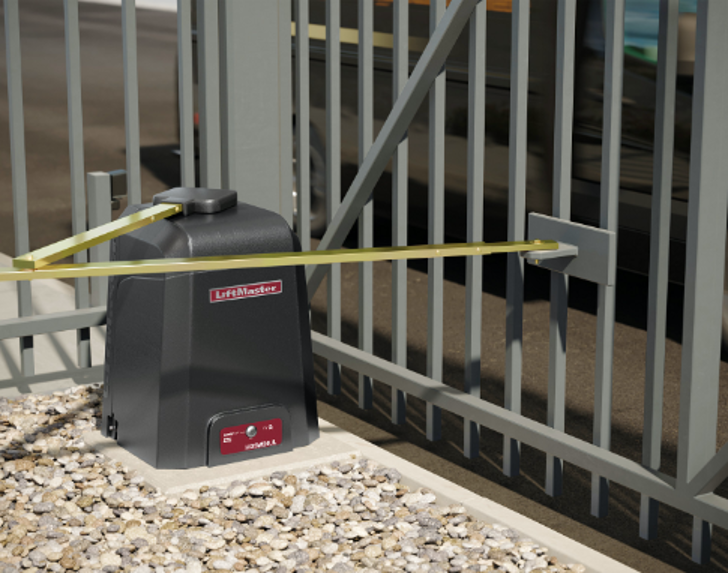Automated gates offer convenience, security, and enhance the value of your property for homeowners and business owners. Like any mechanical system, they require regular care to stay in top shape and avoid expensive repairs. Here’s a straightforward guide to help you extend the life of your gate while minimizing maintenance costs.
✅ Monthly Homeowner Visual Inspection Checklist
- Perform a quick visual inspection at least once a month.
- Look for:
- Dirt, debris, leaves, or objects blocking the path.
- Signs of rust, cracks, worn parts, or visible damage.
- Loose bolts, screws, or fasteners.
- Frayed or exposed wiring.
- Misaligned components.
- Listen for:
- Unusual sounds like grinding, squeaking, or clicking when the gate operates.
- Lightly test:
- Gate balance — does it move smoothly without jerking?
- Safety sensors — are they clear of debris and aligned?
✅ Lubricate Moving Parts (Every 3-6 Months)
Proper lubrication keeps your gate operating smoothly and reduces wear:
| Component | Recommended Lubricant | Notes |
| Hinges & Rollers | White Lithium Grease | Long-lasting, water-resistant, reduces friction. |
| Chains & Sliding Mechanisms | Silicone Spray or White Lithium Grease | Penetrates well and protects against corrosion. |
| Tracks & Wheels | Silicone-Based Spray | Repels dirt, ideal for exposed moving surfaces. |
| Electrical Sensors (if applicable) | Non-Conductive Silicone Spray | Protects sensitive parts without affecting performance. |
- Avoid using WD-40 as a primary lubricant — it’s a cleaner, not a long-term lubricant.
- Always clean components first to remove old grease, dirt, or debris before lubricating.
✅ Test Safety Features Regularly
- Test all safety features at least once a month.
Photoelectric (Photo Eye) Sensors:
- Place a lightweight object (e.g., a roll of paper towels) in the sensor’s path.
- The gate should stop or reverse immediately.
Contact (Edge) Sensors:
- While the gate is closing, gently press against the gate edge with an object.
- The gate should stop and reverse within two seconds.
- Clean sensors regularly to remove cobwebs, dust, or dirt.
- Check sensor alignment— misaligned sensors are a common cause of gate malfunctions.
✅ Professional Maintenance Schedule
- Standard Recommendation: Schedule a professional maintenance service once per year.
- Heavy Usage or Harsh Conditions: Every 6 months if your gate is:
- On a commercial property.
- Used multiple times daily.
- Exposed to coastal air, extreme weather, or dust.
A professional technician will:
- Fully inspect mechanical and electrical components.
- Test and calibrate all safety features.
- Lubricate internal and external moving parts.
- Check gate balance and alignment.
- Assess control panel, power supply, backup battery, and wiring integrity.
- Clean any varmint droppings or nesting out of the motor compartment.
✅ Additional Tips to Reduce Maintenance Costs
- Maintain Documentation:
Keep a log of maintenance, inspections, and repairs for future reference and warranty claims. - Pest Control:
Inspect for rodent or insect damage to wiring or control boxes. - Drainage Checks:
Ensure the area around the gate has proper drainage. Standing water can cause rust, electrical shorts, and track obstructions. - Weather Protection:
Apply rust-resistant coatings to exposed metal parts. Use UV-resistant paint or sealants to protect finishes. - Mind Usage Habits:
Avoid forcing the gate manually unless in an emergency. Never hang or lean objects on the gate.
By following these straightforward practices, you’ll keep your automated gate running smoothly, extend its lifespan, and significantly reduce maintenance and repair costs.

